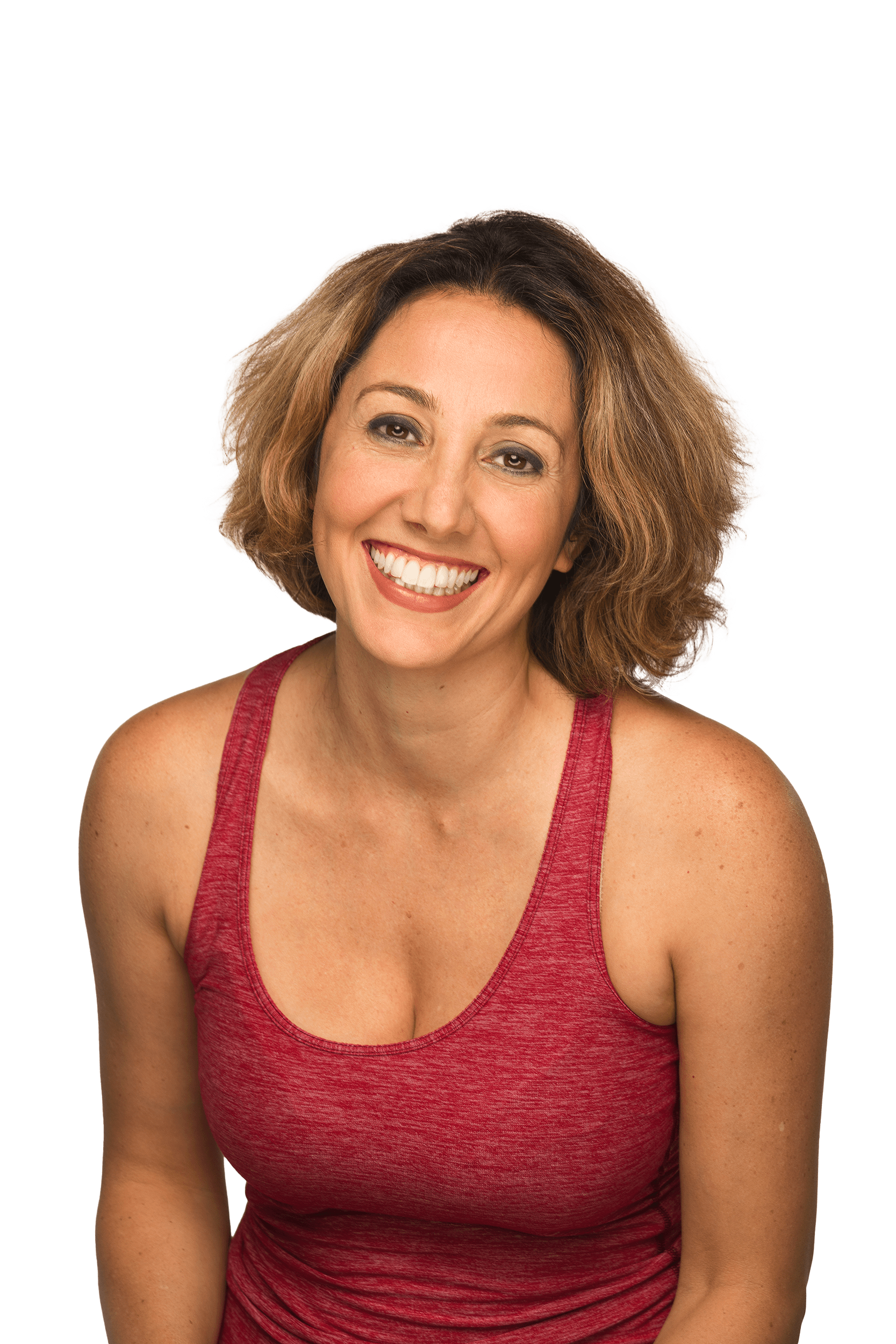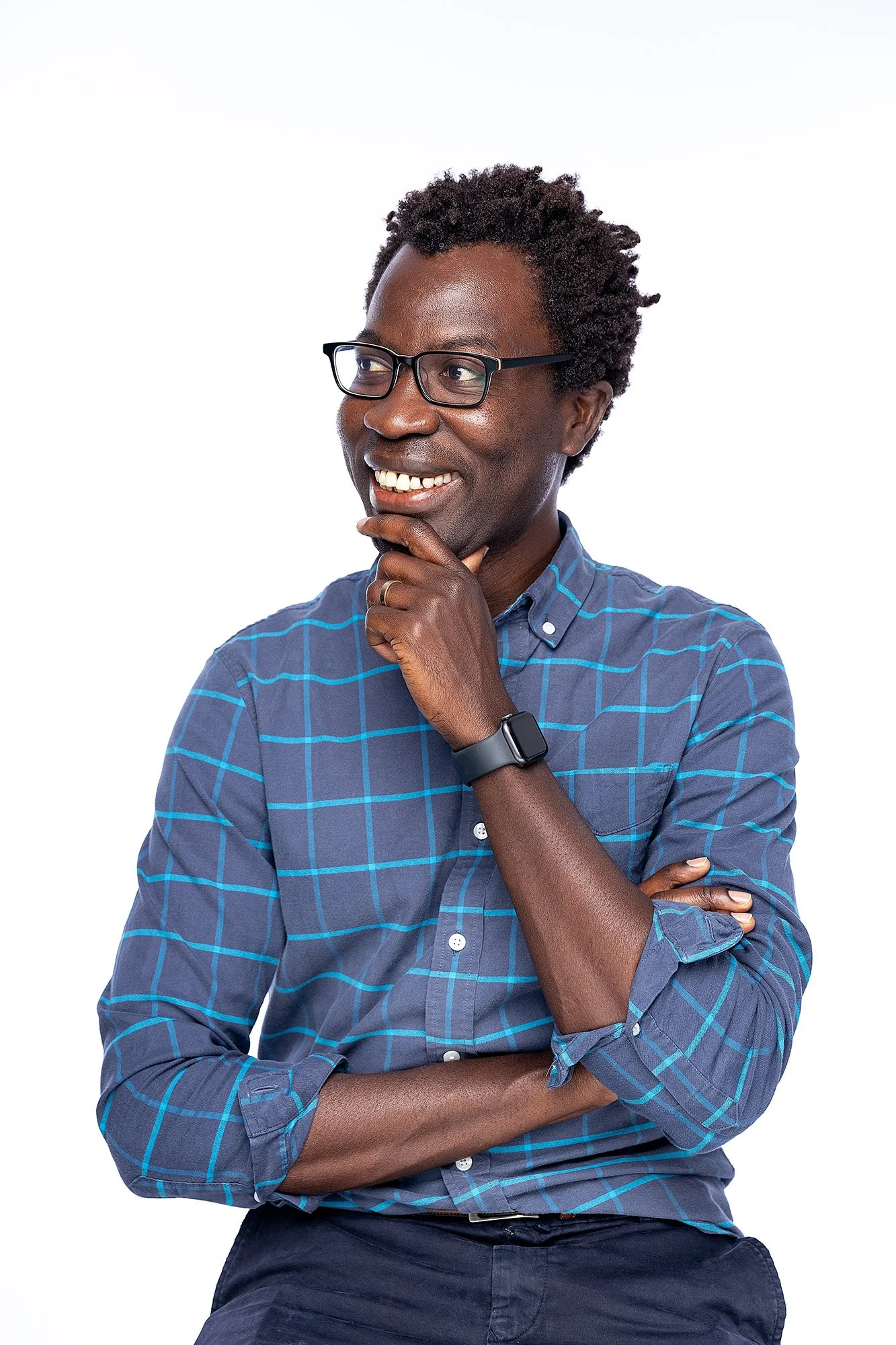I am a
Medical
Geneticist
At HarvardPardis Sabeti, MD, PhD
This scientist was part of our original collection.*A few features may different.
PARDIS
SABETI
She/Her
“Life is a marathon. A lot of the people that are most successful aren’t the best in the class. They’re the ones who are endlessly curious.”
Science is a process for understanding the world. As Dr. Pardis Sabeti sees it, it’s much like a scavenger hunt, and her job is to move from one clue to the next. Sometimes the clues go cold, leading to more questions than answers. But sometimes, the right clues can save lives.
For years, Dr. Pardis Sabeti followed the clues left by mathematics to design new methods for understanding the genomes of both humans and pathogens, and how they evolved. She established herself as a powerful, mold-breaking force both in and out of the lab. She pushed the boundaries of genomic analyses. She sang and wrote with the Indie Rock band, Thousand Days. And she built a following for her elaborate holiday cards featuring her lab family (and the occasional celebrity cameo).
Then, in 2014, the Ebola outbreak hit and suddenly all of the clues Pardis had been chasing fell into place. She had been preparing for this fight. The rapidly mutating virus proved deadly, yet Pardis and her colleagues’ methods provided doctors with an opportunity to save countless lives. Once the outbreak was controlled, Pardis was recognized by TIME, as a 2014 Person of the Year. She wrote a song honoring the colleagues who had lost their lives to the disease, and encourage her holiday followers to donate to the families of health workers and those affected by Ebola.
Shortly after, Pardis was a passenger on an outdoor tour in Montana when her vehicle went over a cliff. She was catapulted onto the boulders below, hitting her head, shattering her pelvis, and breaking both knees. Doctors told her she had an 8% chance of survival. Suddenly, the tables had turned, and her life now rested in the hands of countless doctors and scientists who had been preparing for this fight.
Despite the inevitable depression and struggle, Pardis chose resilience. She followed the clues once again, this time studying one survivor and then the next, mirroring their behaviors. After four months in hospital beds, with a body full of metal plates and legs full of scar tissue, she got back to work.
At the end of the day, science like Pardis’ is about people. The people whose lives it saves, and the people who use it to save others. Dr. Pardis Sabeti has been both, and she’s ready for the next clue.
Notable Accomplishments:
PhD in Evolutionary Genetics from University of Oxford
MD from Harvard Medical School
2014 TIME Person of the Year
Rhodes Scholar
Smithsonian American Ingenuity Award for Natural Science
Co-Author of “Outbreak Culture”
The
basics:
Expertise: Computational Genetics; Infectious Diseases; Global Health
Title: Professor of Immunology and Infectious Diseases
Institution: Harvard T.H. Chan School of Public Health
Personal Resources + Links:
Wikipedia → Research Website & Holiday Cards →ResearchGate →TWITTER →Music Video →Book →I am an indie rocker and Photoshop-enthusiast who uses mathematics to fight deadly diseases.
MAKING UP NEW GAMES
•
BEING IN A ROCK BAND
•
PLAYING TENNIS & VOLLEYBALL
•
MY LABEL MAKER
•
CREATING FUNNY HOLIDAY CARDS
•
MAKING UP NEW GAMES • BEING IN A ROCK BAND • PLAYING TENNIS & VOLLEYBALL • MY LABEL MAKER • CREATING FUNNY HOLIDAY CARDS •
things I love:



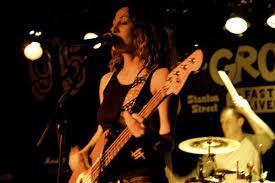



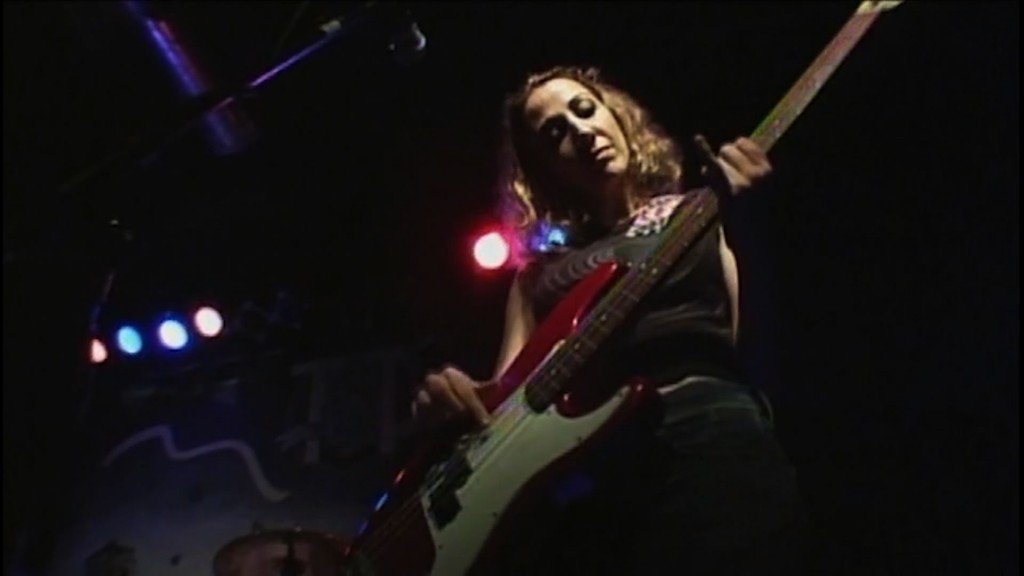
WHAT I DO
i am a Medical Geneticist
I study dangerous viruses like Ebola and Lassa.
My lab is full of research tools.
I am a Professor of Immunology and Infectious Diseases at Harvard School of Public Health. My lab is filled with powerful computers, lots of microscopes and petri dishes, and ways to communicate with colleagues around the world.
I study genetic factors of disease.
Animals, plants, humans, and even microbes all have genes that contain lots of important information. By studying genetic factors of disease, I can better understand how they evolved, what puts people at risk, and how to protect us.
I combine math and computers.
Instead of just using the tools that already exist, I use mathematics and computers to invent brand new tools that are even better at answering these important questions.
MY WHY
There is so much yet to learn about dangerous viruses.
I WANT TO KNOW:
What can DNA teach us about viruses?
How do we detect pathogens and prevent deadly outbreaks?
MY ADVICE
a little about me
My body is filled with pins and plates because of an accident.
I survived an accident after being given an 8% chance to live. I struggled with depression after spending four months in the hospital after a terrible accident. But that accident didn’t stop me from living my life. Now, I sing and write for an international Indie Rock fusion band. I also have a reputation for sending out out over-the-top holiday cards with my lab every year. I even once convinced Seth Meyer and Chris Martin to be on my lab holiday card!
MY PATH TO SCIENCE
Getting Started in Math
I was born in Tehran, Iran and my family immigrated when I was young. I was a good kid and also a bit of an oddball, so I didn’t always fit in. I loved games and playing sports like football, but also loved Math Olympiad. I was encouraged to become a doctor and went on to get my college degree in Biology. My first job was working in a doctor’s office.
Earning My Degrees
I won a Rhodes Scholarship and got my PhD Biological Anthropology at University of Oxford. Then I decided to get my MD and become a physician as well. I was the third woman in the history of Harvard Medical School to graduate summa cum laude. I became well-known for inventing new ways to study the genome and also joined a band.
Fighting Ebola
I joined the faculty at Harvard where I study dangerous viruses like Ebola and Lassa. I was amazed how much more there was to learn about them. In 2014 there was a terrible outbreak of Ebola, and I was called to the front lines to help fight the disease. I was named TIME’s Person of the Year for my efforts.
Fighting for My Life
In 2015, I got into a terrible accident and had an 8% chance of survival. I struggled with depression in the hospital for four months as I tried to heal. Now my body is filled with metal pins & plates and I suffered a concussion that makes it very hard for me to remember some things. I still have to go to rehab after work. I still have to go to rehab after work. students. I wanted to build bridges into science for diverse students. I got more involved in outreach things related to biotech. Overall, I just got interested in the people side of science.
Looking Forward
In 2018, I paired up with a journalist to write a book on the Ebola crisis. I collaborate with scientists around the world and prioritize communicating with the public about my work. I continue to study infectious diseases at Harvard to prepare for the next outbreak.
I study Medical Genetics
Medical Genetics is the study of DNA and other genetic factors using statistics and algorithms.
INTRODUCING
Microbes & Viruses
Who studies microbes & viruses? Why does it matter?
The number of bacterial cells that live in or on the human body outnumbers our own cells 10 to 1. A square inch of soil is one of the most complex ecosystems on the planet. Viruses aren’t living things, but they can be deadly. Bacteria and viruses are very different things, but both are widely considered “microbes” that play major roles – both good and bad -- in all of our lives.
Many different types of scientists study microbes, including virologists, microbiologists, epidemiologists, and medical scientists. Increasingly, these scientists rely on genetics, high powered computer programs, sensitive tools, and advanced microscopes to do their work. Today, bacterium that make us sick are quickly mutating to avoid the effects of antibiotics, just like their cousins that are outpacing our pesticides and herbicides on farms. The bacterium in our guts – often called the gut microbiome – may be changing due to our lifestyle and diets. And deadly viruses continue to pose risks to human populations worldwide.
Because of these threats, the work of scientists studying microbes is essential to keeping our own and other species safe.
Career Resources
Every scientist’s path is unique, and the right resources can make all of the difference. Below are a selection of resources that may be helpful for those who are interested in areas of science that are related to Pardis’ work.
“The people who are the most successful are the ones who just stay with it. So finding the thing you want to stay with is the most important.”
— Raven Reddy, PhD
KEEP EXPLORING
Here are some resources we recommend for diving deeper into themes from this story.
Tech & Computer Science
FIELD GUIDE
coming soonView more related scientists:
Looking for teacher resources?
PHOTOGRAPHER: Erica Derrickson • Boston, MA© 2024 THE PLENARY, CO. ALL RIGHTS RESERVED. TERMS. PRIVACY.This is a brand new site! See an issue? Let us know.

